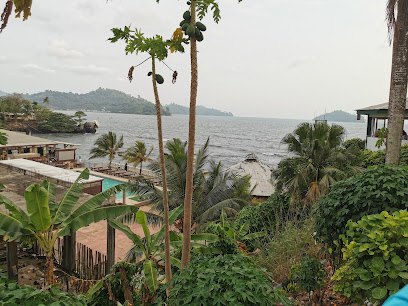
Bimbia Slave Trade Site: A Journey Through History
Explore the Bimbia Slave Trade Site for a profound historical experience that takes you through a significant chapter of the transatlantic slave trade.
The Bimbia Slave Trade Site stands as a poignant reminder of the historical transatlantic slave trade, offering visitors a deep insight into a dark chapter of human history. This significant location invites tourists to reflect on the past while exploring the preserved artifacts and informative displays that tell the stories of those affected. Situated in the serene setting of Bimbia, the site serves as a historical museum, allowing visitors to connect with the legacy of resilience and remembrance.
A brief summary to Bimbia Slave Trade Site
- X752+VX4, Bimbia, CM
- +237674855274
Local tips
- Visit early in the day to enjoy a quieter atmosphere for reflection and exploration.
- Engage with local guides to gain deeper insights and personal stories related to the site.
- Allow time for contemplation; the site is designed for reflection on a significant historical event.
Getting There
-
Car
If you are driving from any location in Bimbia Beach, head southeast on the main coastal road (Rue de la Plage). Continue for about 1.5 kilometers until you reach the junction near the Bimbia community center. Turn left onto the dirt road at the junction. Drive for another 500 meters, keeping an eye out for local signage directing you to the Bimbia Slave Trade Site. There will be a small parking area available near the entrance. Please note that the dirt road may be bumpy, so drive cautiously.
-
Public Transportation - Taxi
To reach the Bimbia Slave Trade Site by taxi, hail a local taxi from anywhere in Bimbia Beach. Inform the driver that you want to go to the Bimbia Slave Trade Site. The fare should be around 1,500 to 2,000 CFA francs (approximately $2.50 to $3.50 USD). The taxi will take you directly to the site, which is located on the dirt road off Rue de la Plage. Ensure to confirm the fare beforehand and be prepared to negotiate if necessary.
-
Walking
For those interested in walking, start at the beach area of Bimbia Beach and head southeast towards the main coastal road (Rue de la Plage). Walk along this road for about 1.5 kilometers until you reach the junction near the community center. From there, take the dirt road on your left and continue walking for another 500 meters. You will see signs leading you to the Bimbia Slave Trade Site. This walk will take approximately 25-30 minutes, so wear comfortable shoes and stay hydrated.
Discover more about Bimbia Slave Trade Site
Iconic landmarks you can’t miss
The LK Hotel at Bonadikombo
6.0 km
Experience comfort and security at The LK Hotel in Limbe - your gateway to the wonders of this beautiful coastal city.
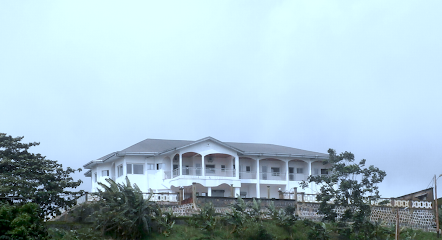
Boucareau
6.6 km
Discover Boucareau Beach in Victoria, a tranquil escape with stunning views, vibrant local culture, and endless relaxation opportunities along the Gulf of Guinea.

Beyond Barbers The Beauty Spa
6.8 km
Discover tranquility and beauty at Beyond Barbers The Beauty Spa in Newtown, Limbe, where relaxation and rejuvenation await every visitor.

Trinity Hotel Limbe
7.2 km
Discover the coastal charm of Trinity Hotel Limbe, your perfect base for exploring the beauty of Cameroon’s vibrant landscapes and rich culture.
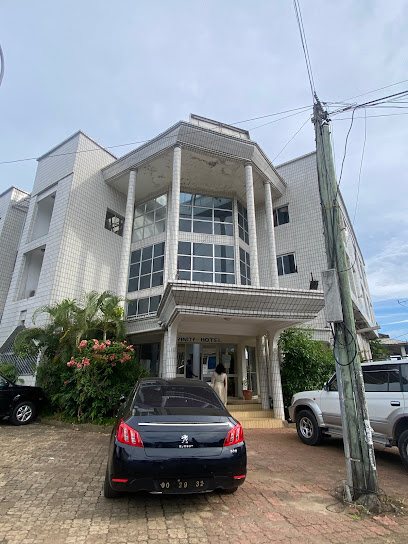
Gilgal Tower
7.3 km
Experience the charm of Limbe at Gilgal Tower, where modern comfort meets local culture in a stunning coastal setting.
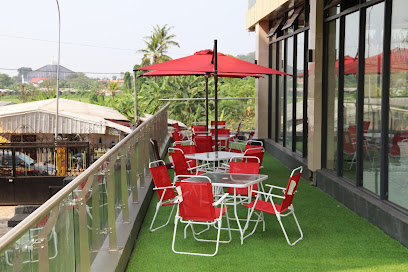
Apple Night Club
7.4 km
Discover the pulse of Limbe at Apple Night Club, where vibrant music, lively crowds, and unforgettable nights await every visitor.
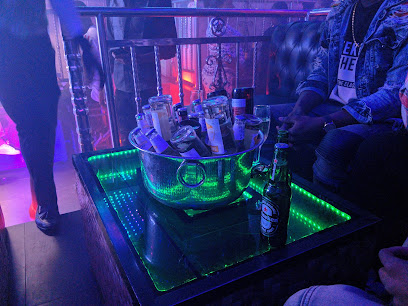
Big Bite
7.5 km
Discover the flavors of Cameroon at Big Bite, a seaside restaurant in Limbe offering a blend of local cuisine and breathtaking ocean views.
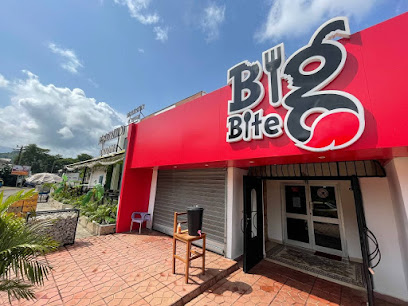
Victoria Guest House Hotel
7.5 km
Experience the charm of Limbe while enjoying a cozy stay at Victoria Guest House Hotel, your perfect retreat for exploration and relaxation.

Black and White Limbe
7.5 km
Experience the vibrant nightlife and exquisite dining at Black and White Limbe, a unique lounge and nightclub in the heart of Limbe, Cameroon.
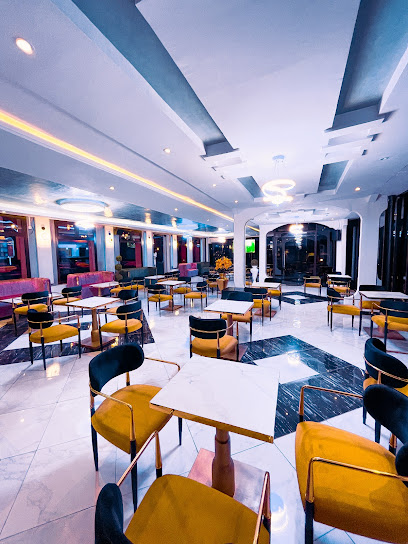
Flora Travel and Tours LTD.
7.5 km
Discover the beauty of Limbe, Cameroon with Flora Travel and Tours LTD., your trusted partner for unforgettable travel experiences.
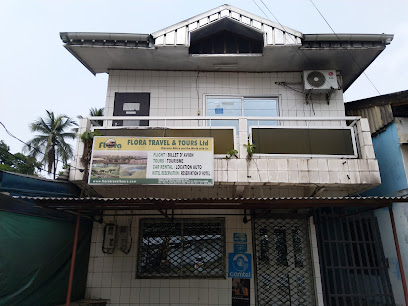
Holiday Inn Resort
7.9 km
Experience comfort and relaxation at Holiday Inn Resort in Limbe, where modern amenities meet the beauty of Cameroon’s coastal landscape.

TOTAL Petrol Station Limbe
7.9 km
Discover the convenience of TOTAL Petrol Station Limbe, your essential stop for fuel and refreshments while exploring Cameroon’s scenic coast.
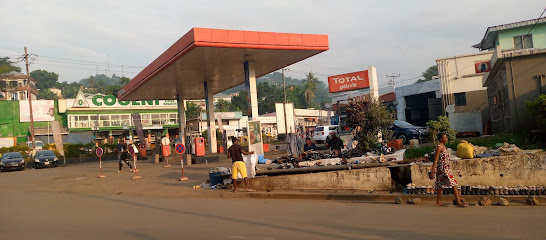
Halfmile limbe
7.9 km
Experience the heart of Limbe at Halfmile Community Center, where local culture and community spirit come together in a vibrant setting.
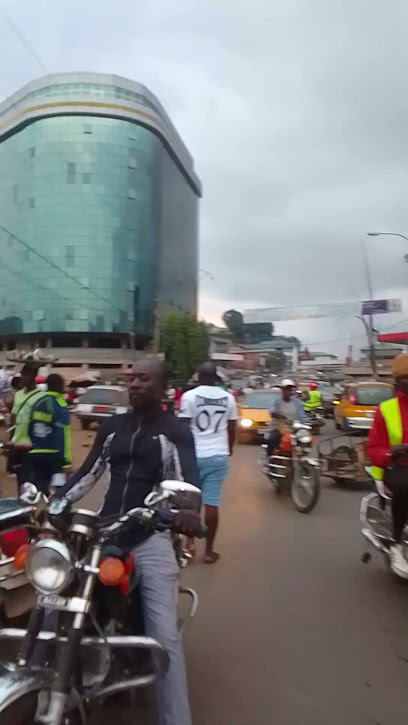
Park Hotel Miramar
8.2 km
Discover tranquility at Park Hotel Miramar, a beautiful hotel in Limbe, Cameroon, surrounded by lush gardens and breathtaking coastal views.

Limbé
8.4 km
Discover the vibrant coastal beauty of Limbé, Cameroon - where stunning beaches meet thrilling adventures and rich cultural heritage.

Unmissable attractions to see
Down Beach
6.6 km
Experience the serene beauty and rich history of Down Beach in Limbe, a perfect blend of relaxation and cultural exploration.
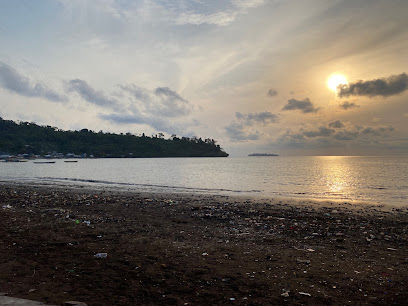
Mbende mardam mukeba
8.0 km
Explore the serene beauty of Mbende Mardam Mukeba, a lush garden in Limbe, perfect for relaxation and nature photography.

Upper Towe bridge
8.1 km
Explore the Upper Towe Bridge in Limbe, Cameroon, where breathtaking views and rich local culture await every visitor.
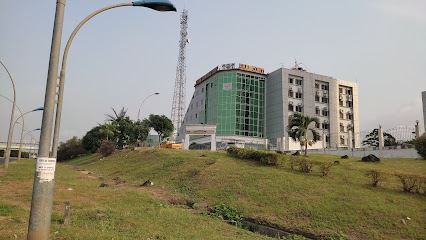
Integrated Conservation Education Centre (ICEC)
8.3 km
Explore the Integrated Conservation Education Centre in Limbe, where education meets nature in a stunning environment dedicated to conservation and biodiversity.
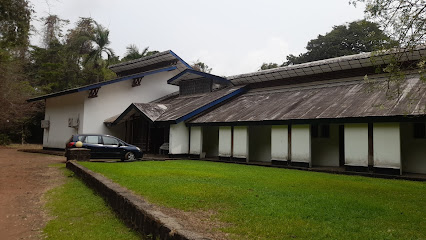
Limbe Botanic Garden
8.4 km
Explore the vibrant flora and serene landscapes of Limbe Botanic Garden, a peaceful retreat in the heart of Cameroon.
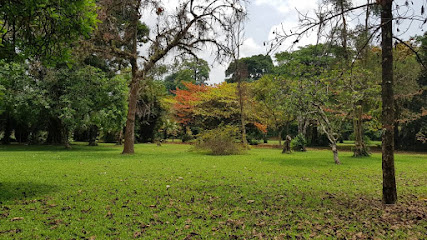
Jungle Village
8.5 km
Explore the serene landscapes of Jungle Village, the perfect city park in Limbe for relaxation and nature appreciation.
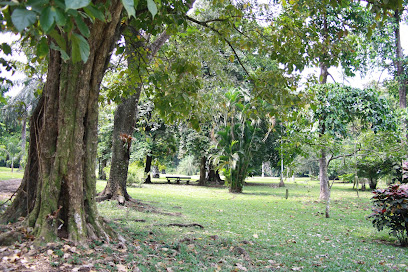
Limbe Wildlife Centre
8.8 km
Explore the Limbe Wildlife Centre to witness the beauty of rescued wildlife and learn about conservation efforts in a stunning natural environment.

LIFE AND EVERYTHING AFTER
8.8 km
Discover the tranquility of LIFE AND EVERYTHING AFTER Park, a perfect escape into nature's beauty in Limbe, Cameroon.

Bota Island
9.4 km
Explore the natural beauty and serene beaches of Bota Island, a tropical paradise off the coast of Limbe, Cameroon, perfect for relaxation and adventure.

Mokunda Estate
9.4 km
Explore Mokunda Estate in Limbe, Cameroon: A serene garden retreat filled with vibrant flora, perfect for relaxation and nature photography.

Dja Faunal Reserve
9.4 km
Experience the rich biodiversity and stunning landscapes of Dja Faunal Reserve, a UNESCO World Heritage site in Cameroon, perfect for nature lovers.

WhatsApp Snack Bar night club
9.4 km
Dive into Limbe's vibrant nightlife at WhatsApp Snack Bar, where local flavors and energetic music create unforgettable memories under the stars.

Livanda Village
9.5 km
Experience the tranquil charm of Livanda Village in Limbe, a hidden gem of Cameroon, perfect for cultural immersion and natural beauty.

Kass City
10.0 km
Explore the stunning beauty and vibrant culture of Kass City, a hidden gem on the coastal shores of Limbe, Cameroon.

NGOME GARDEN
10.2 km
Explore the serene beauty of Ngome Garden in Limbe, Cameroon—a vibrant oasis perfect for relaxation and family fun amidst nature.
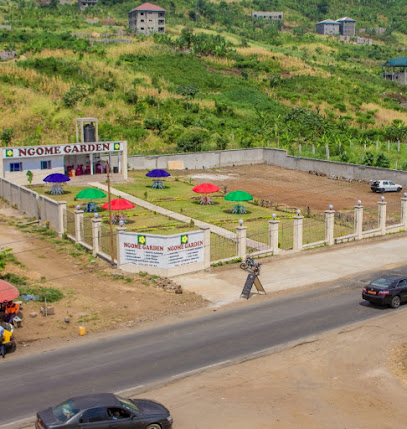
Essential places to dine
The LK Restaurant
6.6 km
Experience authentic Cameroonian flavors at The LK Restaurant in Limbe, where every dish tells a story of culture and tradition.
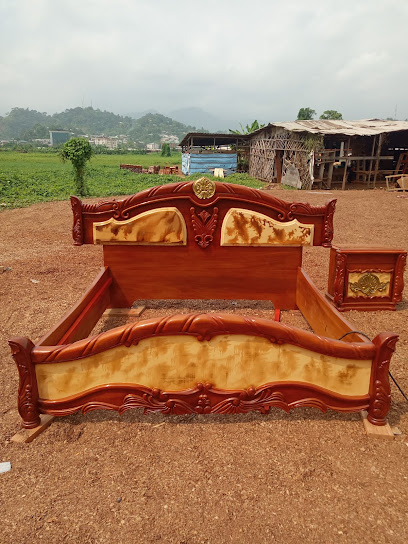
Chef Lynn's Cuisine
6.7 km
Experience the vibrant flavors of Cameroon at Chef Lynn's Cuisine in Limbe – where every dish tells a story.
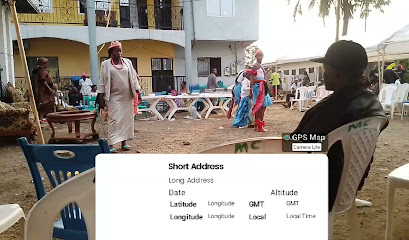
Motowoh
6.7 km
Experience authentic Cameroonian cuisine at Motowoh - where every dish tells a story of Limbe's rich culinary heritage.
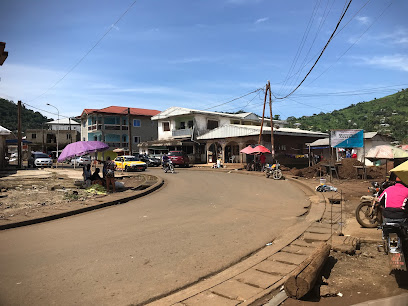
Limbe Municipal Restaurant
6.7 km
Discover authentic Cameroonian cuisine at Limbe Municipal Restaurant - where every dish tells a story.
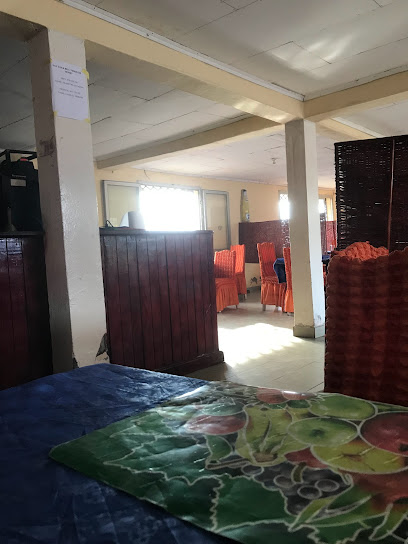
Randy's New World Restaurant
6.8 km
Experience authentic Cameroonian flavors at Randy's New World Restaurant in Limbe – where every meal tells a story.
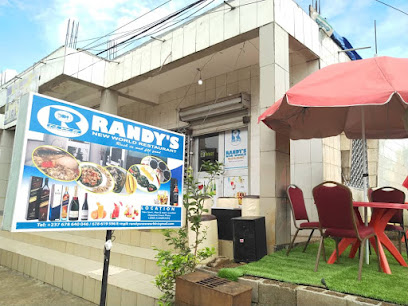
DADA Restaurant
6.8 km
Experience authentic Cameroonian flavors at DADA Restaurant in Limbe - where every dish tells a story.
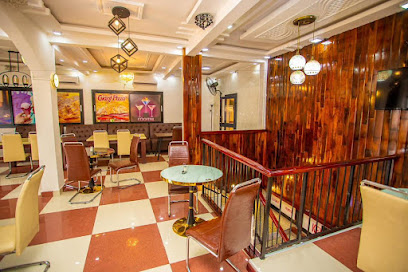
Liengu Mboke Bar & Cuisine
7.0 km
Experience authentic Cameroonian cuisine at Liengu Mboke Bar & Cuisine in Limbe - a culinary haven blending local traditions with modern flair.
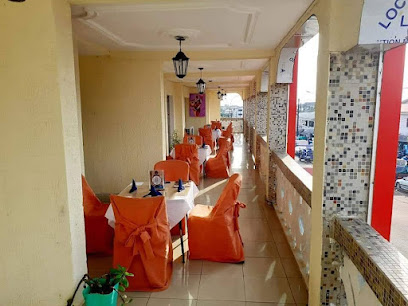
Limbe Mars Snack Bar
7.0 km
Experience the vibrant flavors of Cameroon at Limbe's favorite grill restaurant, Mars Snack Bar, where good food meets great company.
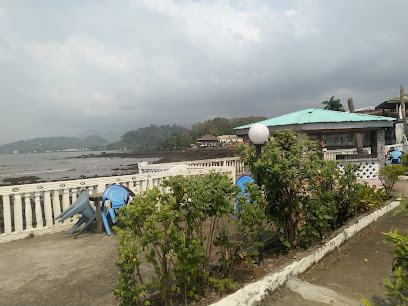
Ekowest LaClass Limbe
7.1 km
Experience authentic grilled delicacies at Ekowest LaClass in Limbe - where local flavors meet vibrant atmosphere.
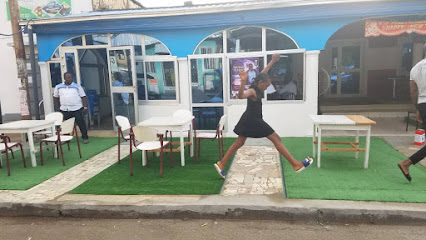
Koko's Lounge
7.2 km
Experience the vibrant flavors of Cameroon at Koko's Lounge in Limbe—where local cuisine meets international flair.
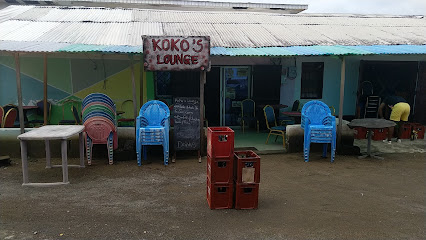
Dove Restaurant
7.3 km
Discover delectable dishes at Dove Restaurant in Limbe, where local flavors meet international cuisine in a warm and welcoming atmosphere.

Wood Fire Pizza
7.3 km
Indulge in authentic wood-fired pizzas and delightful dishes at Wood Fire Pizza, Limbe's top destination for food lovers.

Berry's Restaurant
7.3 km
Experience authentic Cameroonian flavors at Berry's Restaurant in Limbe - where every dish tells a story.
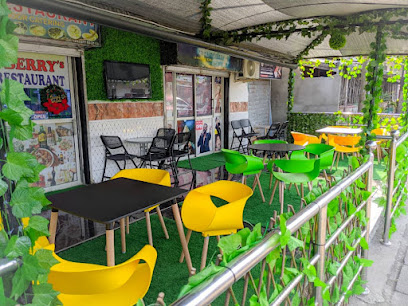
Bush House Restaurant Limbe
7.4 km
Discover authentic Cameroonian flavors at Bush House Restaurant in Limbe - where delicious cuisine meets breathtaking beachfront views.
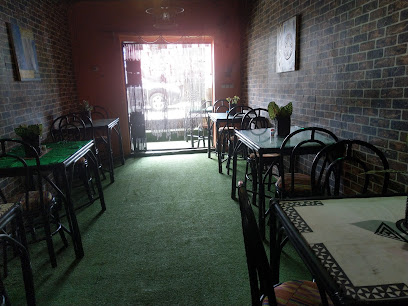
YUMMIES Restaurant
7.4 km
Experience delicious fast food at YUMMIES Restaurant in Limbe - where local flavors meet international favorites in a vibrant setting.

Markets, malls and hidden boutiques
Te voilà
6.2 km
Explore the exquisite craftsmanship at Te Voilà, Limbe's premier jewelry store showcasing the rich artistry of Cameroon.

BELIEVE VENTURES
6.4 km
Discover Believe Ventures in Limbe – Your one-stop marine supply store for unforgettable ocean adventures on Cameroon’s stunning coast.

Boss TEN TEN fashion shop
6.6 km
Discover the latest trends and vibrant styles at Boss TEN TEN Fashion Shop in Limbe, your go-to destination for unique apparel and accessories.
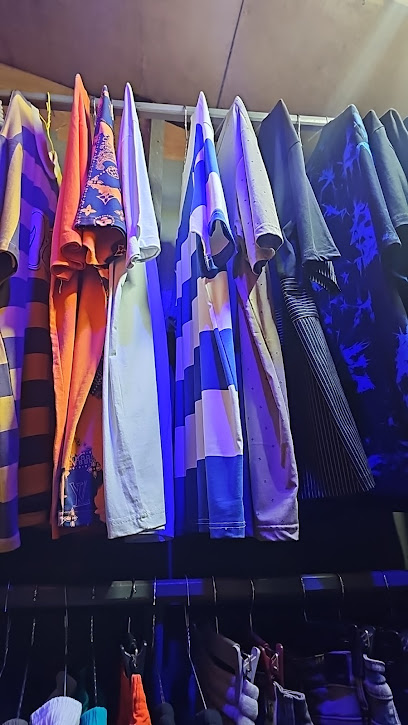
Calaboot Store
6.8 km
Explore local culture and unique crafts at Calaboot Store, Limbe's vibrant shopping destination for tourists and locals alike.

It's a designer clothing shop
6.8 km
Discover Limbe's vibrant designer clothing shop, where unique fashion and local creativity come together for an unforgettable shopping experience.

Rhema Business Center
6.9 km
Explore the vibrant Rhema Business Center in Limbe for a unique shopping experience featuring local goods and friendly service.
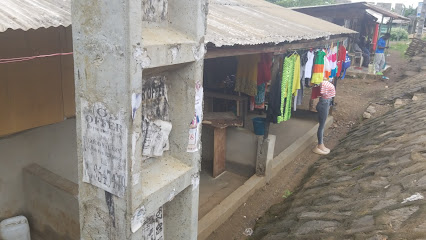
Snatch'ed
7.0 km
Explore the vibrant offerings of Snatch'ed in Limbe, where local craftsmanship meets trendy fashion for an unforgettable shopping experience.

Main garage old market Limbe
7.0 km
Discover a vibrant hub of electronics and local culture at Limbe's Main Garage Old Market, where shopping meets community.
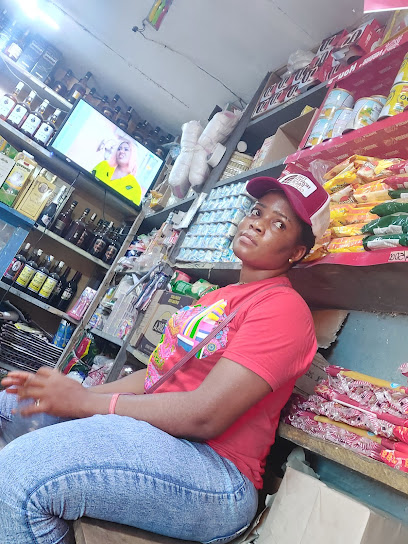
Maxi Supermarket
7.1 km
Explore the local flavors and convenience at Maxi Supermarket in Limbe, your one-stop shop for everyday essentials and delightful treats.
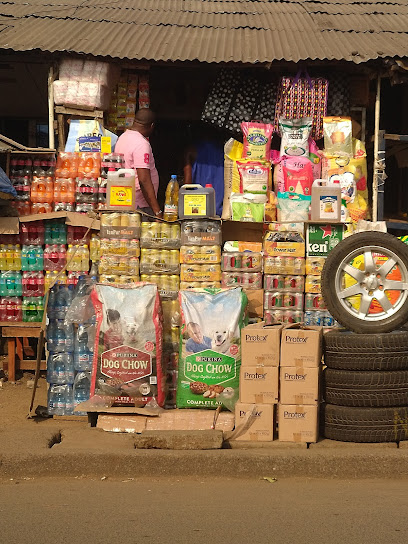
Lenny's
7.1 km
Explore Limbe with ease by visiting Lenny's Convenience Store for all your essentials and local delicacies.

Kay-Boo-Ki
7.2 km
Discover Kay-Boo-Ki in Limbe, your one-stop baby store offering quality products for infants and toddlers in a friendly atmosphere.
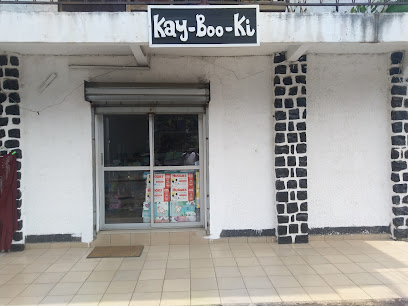
Ann-Jacobine Designs
7.4 km
Explore the vibrant fashion scene of Limbe at Ann-Jacobine Designs, where local artistry meets contemporary style.

4G Shop/Snackbar
7.5 km
Explore the vibrant 4G Shop/Snackbar in Limbe for local snacks and essentials, perfect for tourists on the go.
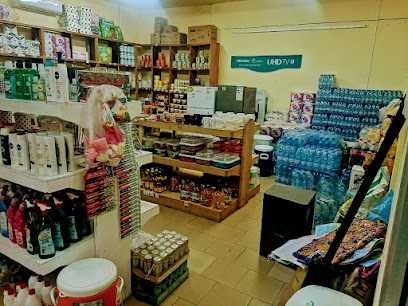
BAO Cash & Carry Limbe
7.5 km
Discover local goods and vibrant shopping at BAO Cash & Carry Limbe, a must-visit for tourists seeking authentic souvenirs and essentials.

Lette's
7.5 km
Explore Lette's in Limbe for unique fashion accessories that showcase local artistry and elevate your style.

Essential bars & hidden hideouts
BitCoin Bar
6.9 km
Discover Limbe's unique BitCoin Bar, where cryptocurrency meets vibrant nightlife and local culture in a lively atmosphere.
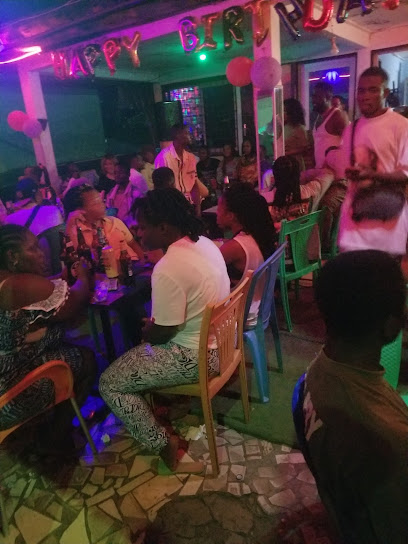
The Place
6.9 km
Discover the vibrant nightlife at The Place in Limbe, where great drinks and a lively atmosphere await every visitor.

Bello Spot
7.0 km
Discover the vibrant atmosphere of Bello Spot in Limbe, where refreshing drinks and lively music create the perfect nightlife experience.

Lenny's (Snack/Bar)
7.1 km
Experience the vibrant atmosphere and local flavors at Lenny's, a must-visit bar in Limbe that captures the essence of this coastal gem.

Victoria Club
7.1 km
Experience the vibrant nightlife at Victoria Club in Limbe, where great drinks and a lively atmosphere await every visitor.
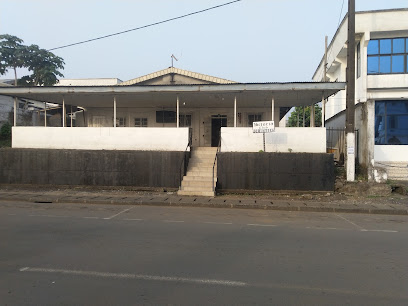
Area Code Bar
7.2 km
Discover the vibrant nightlife at Area Code Bar in Limbe, where local brews and lively atmosphere await every traveler.
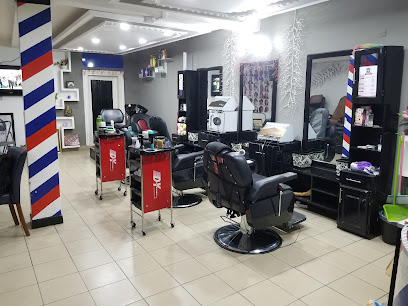
Meridian Garden limbe
7.2 km
Experience the vibrant nightlife at Meridian Garden, Limbe's favorite bar for relaxation and socializing with refreshing drinks and friendly faces.
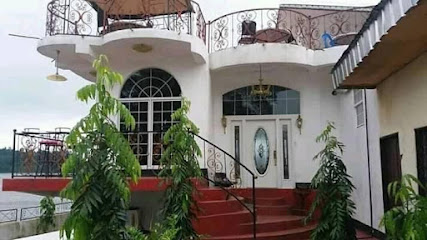
Ocean Bleu Plus
7.4 km
Discover the lively nightlife of Limbe at Ocean Bleu Plus, a premier night club offering great music, local cuisine, and unforgettable experiences.
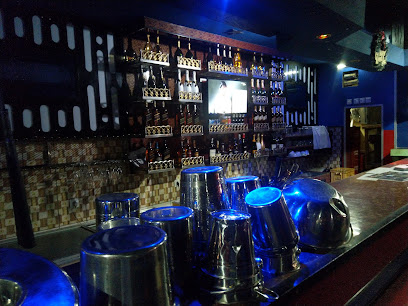
RIGOLETTO WINE BAR
7.5 km
Experience the charm of Rigoletto Wine Bar in Limbe, where exquisite wines and a cozy atmosphere await every wine enthusiast.
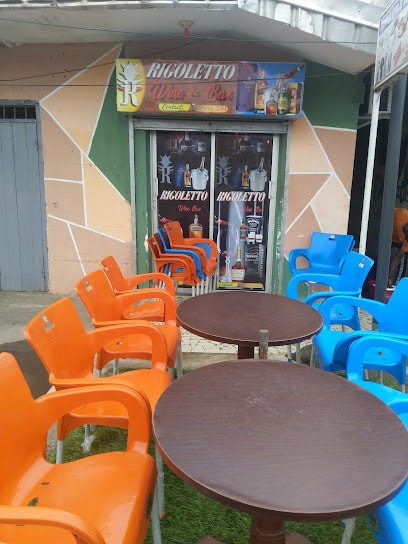
Neptune
7.5 km
Discover Neptune in Limbe: A perfect beachside bar offering refreshing drinks and stunning views for an unforgettable experience.
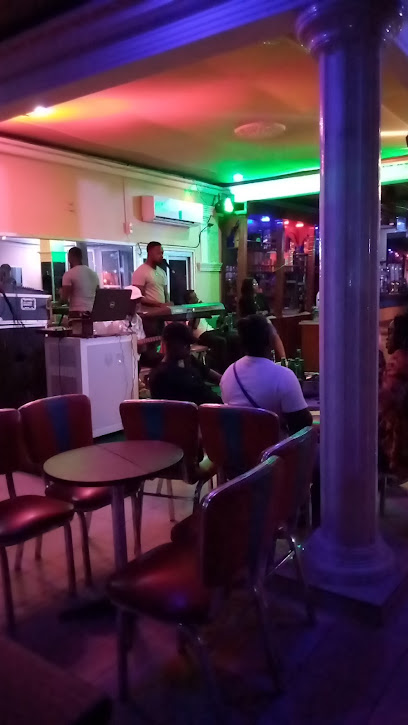
[P] PRIVE Lounge
7.8 km
Discover the vibrant nightlife at PRIVE Lounge in Limbe, Cameroon - a perfect blend of great drinks, music, and a lively ambiance.
![[P] PRIVE Lounge](https://evendo-location-media.s3.amazonaws.com/BarImages/28575fe1-efe4-4d48-b0a5-a0fc466a931e)
3S Half mile
7.9 km
Indulge in the authentic taste of Limbe at 3S Half Mile Grill, where grilled delights meet a welcoming atmosphere.
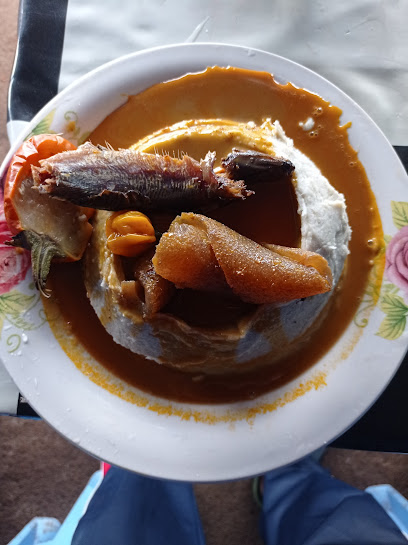
Bourbon Clique
8.1 km
Discover Bourbon Clique in Limbe - an exquisite bar offering a vast selection of wines and whiskies in a welcoming atmosphere.
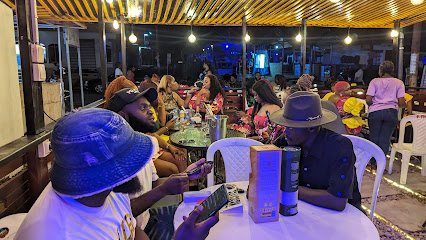
GRAND ANDRE
8.1 km
Experience a delightful selection of wines at GRAND ANDRE, Limbe's charming wine bar, perfect for relaxation and socializing.

Botanic Garden Restaurant, Limbe
8.2 km
Experience the harmonious blend of nature and cuisine at the Botanic Garden Restaurant in Limbe, offering stunning sea views and local flavors.
